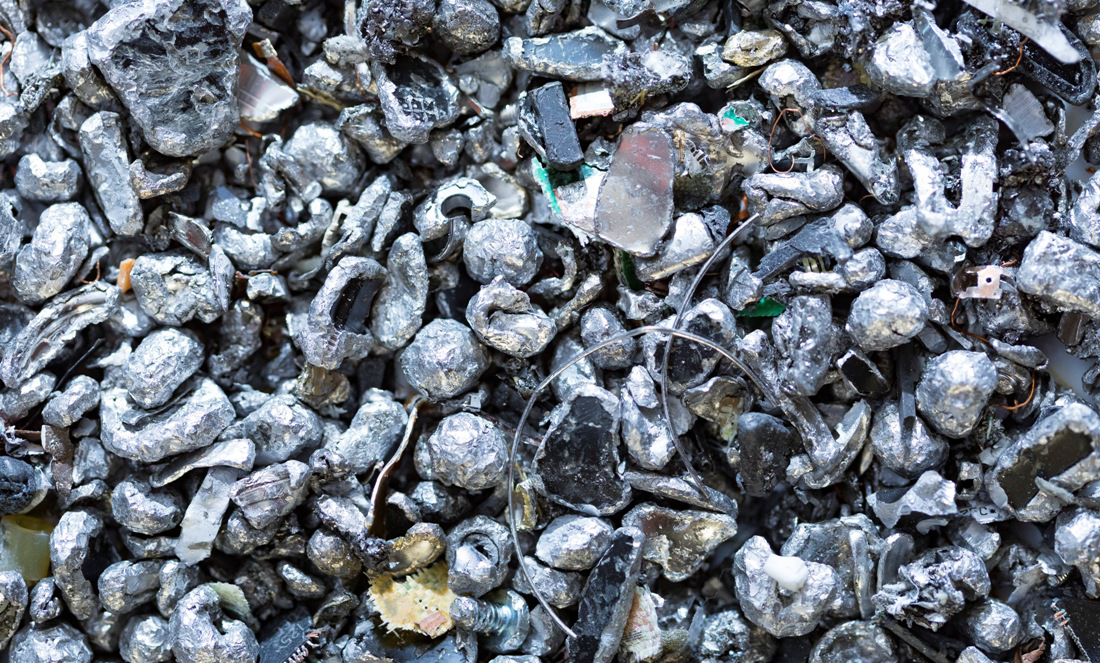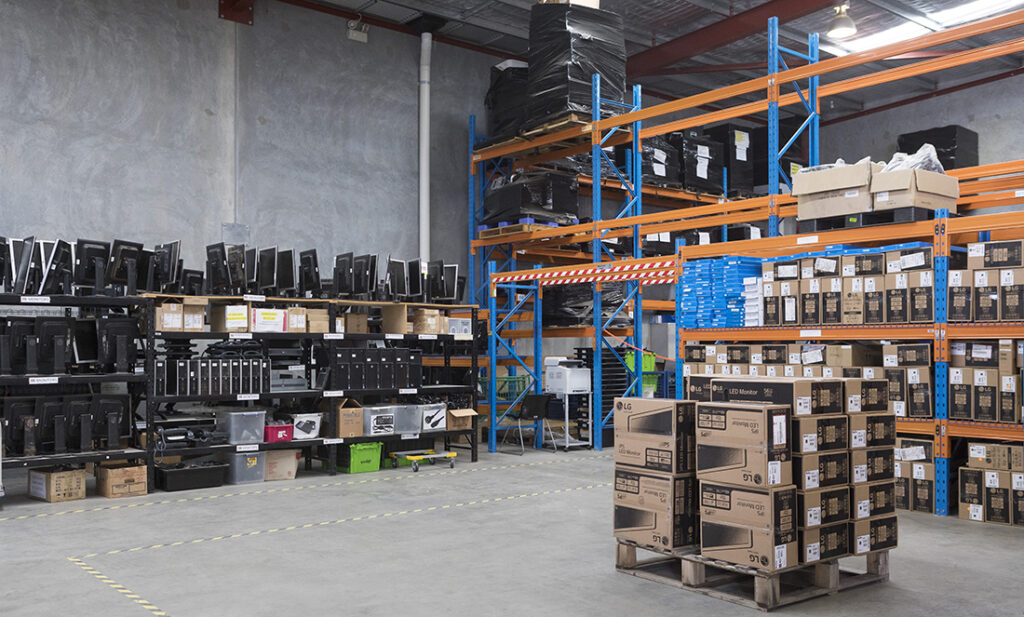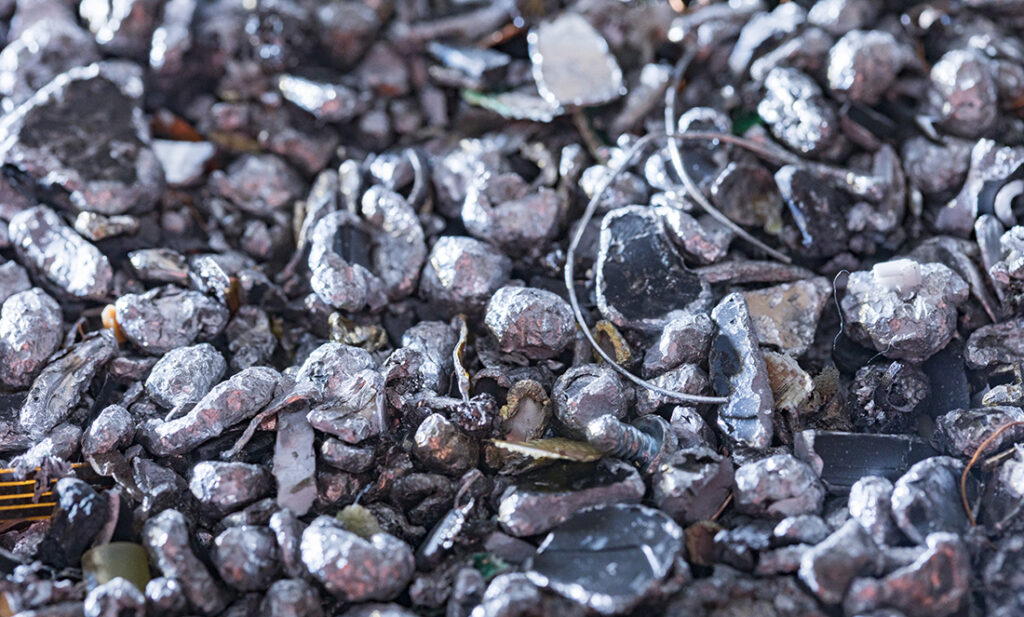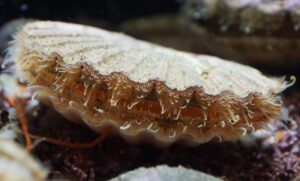Computers are everywhere in our world today. Everyone has one, every business uses them. But have you ever wondered what happens to old computers?
Chances are, they end up in landfill, if you’re feeling irresponsible.
Or they are disposed of by a specialist company, if you want to do the right thing.
Sometimes though, you can’t just chuck them away. If they contain sensitive data, you need to make sure it can’t fall into the wrong hands. And that’s when you might need The Machine.
Super destruction for super security
Banks, defence departments, corporate R&D divisions—these places and more operate at the highest levels of data security. Firewalls, encryption— they use all the hardware and software tricks to protect their data from those who would steal it. But protecting your data once the hardware it’s stored on is obsolete is another matter entirely.
Traditionally, physical destruction is the best way. Smash it with a hammer, melt it into slag or put it in a blender.
The problem is these methods aren’t 100%—and 100% is what you need for highly important data.
A dedicated hacker can piece together a hard drive from smashed shards.
It’s expensive and environmentally destructive to melt components down.
We don’t all own a Blendtec blender.
Plus these methods are generally time consuming and impractical.
Enter The Machine
A team of Aussie engineers looked at this problem and have recently released a solution that will take the hardware destruction world by storm. Their answer? The Machine—a mobile device that takes hard drives in one end and produces pulverised chips at the other.
Wrapped in secrecy, The Machine uses a top secret series of internal systems to deal with hard drives the way Mariah Carey deals with hot tea. Total destruction.
And it does it quickly, relatively quietly and inexpensively. The Machine can deal with thousands of hard drives in a matter of weeks, rather than the years other methods might take. A big, opaque box with a hopper on top and chute below, once a drive is dropped inside, the remains are spat out in a matter of minutes.
“This is a total game changer,” says Shan Patterson, CEO of Perth IT hardware disposal firm Aeontech.
“All around the world, millions of dollars are spent every year on disposing of secure hardware.
“With the huge cost to the environment and business of traditional methods, The Machine will utterly change the way we deal with high-security data assets because people will no longer need to use expensive and time-consuming traditional methods.”
While the most incriminating thing on your hard drive is probably your browser history full of goats yelling like humans, data security is a big risk for many organisations. With the advent of The Machine, the world just got a whole lot safer for them.











